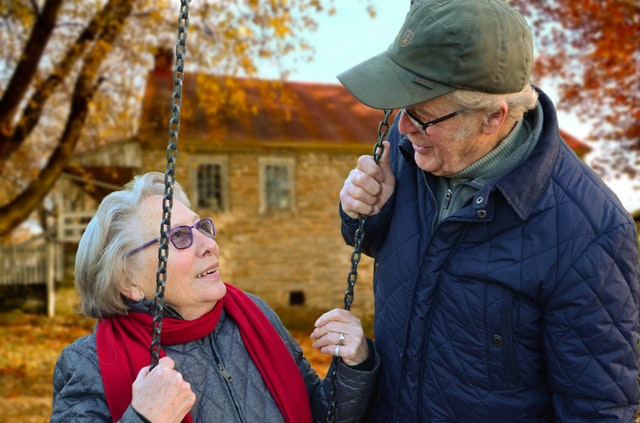Few seem to want to acknowledge that sex among seniors is a reality — that amorous activity is common in nursing homes, bringing with it a multitude of issues.
“Sex falls right smack dab in the middle of who we are as people,” Marguerite McLaughlin, senior director of quality improvement for the American Health Care Association, told the New York Times last year.
While desire might dissipate over time, it does not disappear. In a 2007 New England Journal of Medicine study of 3,005 men and women, 73 percent of those aged 57 to 64, 53 percent of those 65 to 74 and 26 percent of those 75-85 answered “affirmative” to sex, and one in seven admitted to using drugs to enhance performance.
In addition, there was a survey of 250 residents of 15 Texas nursing homes. That one showed that eight percent of the participants had engaged in sexual intercourse the previous month, and 17 percent more wish they had.
Senior sex — fostered not only by the continuing desire for intimacy but the permissive attitudes of aging Baby Boomers — is a reality. The resulting issues concern privacy, consent, and the spread of STDs.
But first there needs to be the mere acknowledgement of what is going on in senior facilities. Daniel Rheingold is head of RiverSpring Health, which owns the Hebrew Home at Riverdale (N.Y.), one of the few places that has adopted guidelines governing seniors’ sexual activity.
Before doing so he and his staff surveyed those operating other facilities, only to find that most of them denied that their residents even had sex. The only ones who did so, Rheingold told the Times, were three nuns sitting in the front row during an industry conference.
That, then, would be the first step in addressing problems resulting from senior sex — acknowledging that such activity is in fact going on.
One of the dangers of ignoring it was brought to light in a 2015 case involving Henry Rayhons, a longtime Iowa state legislator, who was charged with sexually abusing his wife, an Alzheimer’s patient, while she was a resident of a nursing home. He was acquitted after testifying that he and his wife had a loving, consensual relationship, according to Time.com.
In that same report, Dr. Cheryl Phillips, a senior advocate at LeadingAge, an association of nonprofit senior services, discussed an instance where two nursing-home residents fell for one another. Both were suffering from dementia, and even though they were married to others who lived elsewhere, they were convinced they were a couple.
Phillips told Time that after a discussion with the respective families, the decision was reached to let the couple in question proceed as they were. That convinced her of the need for transparency in such cases, but she admitted to being conflicted: Does it mean that every resident of such a facility needs to clear it with his or her family, if and when they are attracted to someone?
“Where are the boundaries with intimacy?” she asked. “That is where we as a country are really struggling. We don’t have good answers.”
At the Hebrew Home, residents in a relationship were allowed to stay in the same room with the door closed; according to the Times, a staffer even hung a “Do Not Disturb” sign on the door. That same facility has also organized happy hours and a senior prom, and even started a dating service called G-Date, for Grandparent Date. The Time reported that at that point, about 40 of the 870 residents are involved in a relationship.
Then there is the danger of STDs. A 2014 Times report quoted statistics from the Centers for Disease Control and Prevention indicating that the rise in the rate of such diseases among Americans 65 and older was comparable to those between the ages of 20 and 24.
That was not only because Americans live longer, healthier lives and because so many people of similar ages find themselves in senior facilities, but also because seniors tend not to engage in safe sex, the Times noted. According to a 2010 National Survey of Sexual Health and Behavior, condoms were used in only six percent of sexual encounters involving seniors.
It is clear, then, that education and communication are essential steps in addressing problems resulting from senior sexual activity — that transparency is vital.






